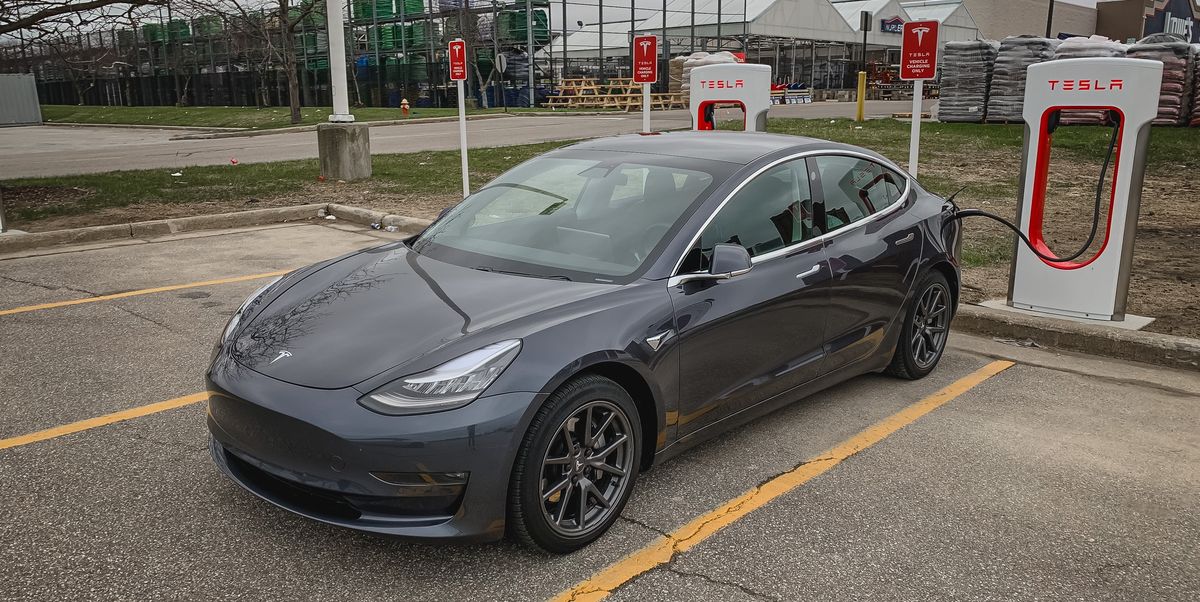miimura
Well-Known Member
I see most of this thread is from 2019, but there are some errors that should be corrected.
1. Supercharger V3 delivers up to 625A for short periods of time.
2. The Porsche Taycan and Audi eTron GT use a DC-DC converter to charge on DC chargers that can only deliver 500VDC. The standard one goes up to 50kW, but the Taycan has an optional one that can go up to 150kW. I don't know why anyone would pay for that since every 150kW charger I've seen can go up to at least 920VDC. There is no such thing as dividing the pack to charge in parallel at less than 500VDC.
1. Supercharger V3 delivers up to 625A for short periods of time.
2. The Porsche Taycan and Audi eTron GT use a DC-DC converter to charge on DC chargers that can only deliver 500VDC. The standard one goes up to 50kW, but the Taycan has an optional one that can go up to 150kW. I don't know why anyone would pay for that since every 150kW charger I've seen can go up to at least 920VDC. There is no such thing as dividing the pack to charge in parallel at less than 500VDC.




